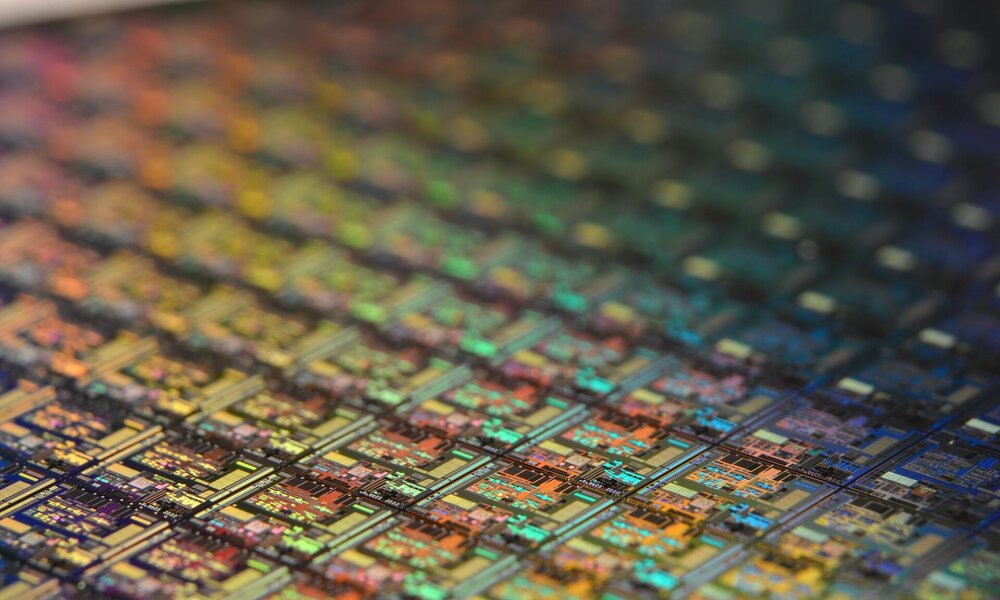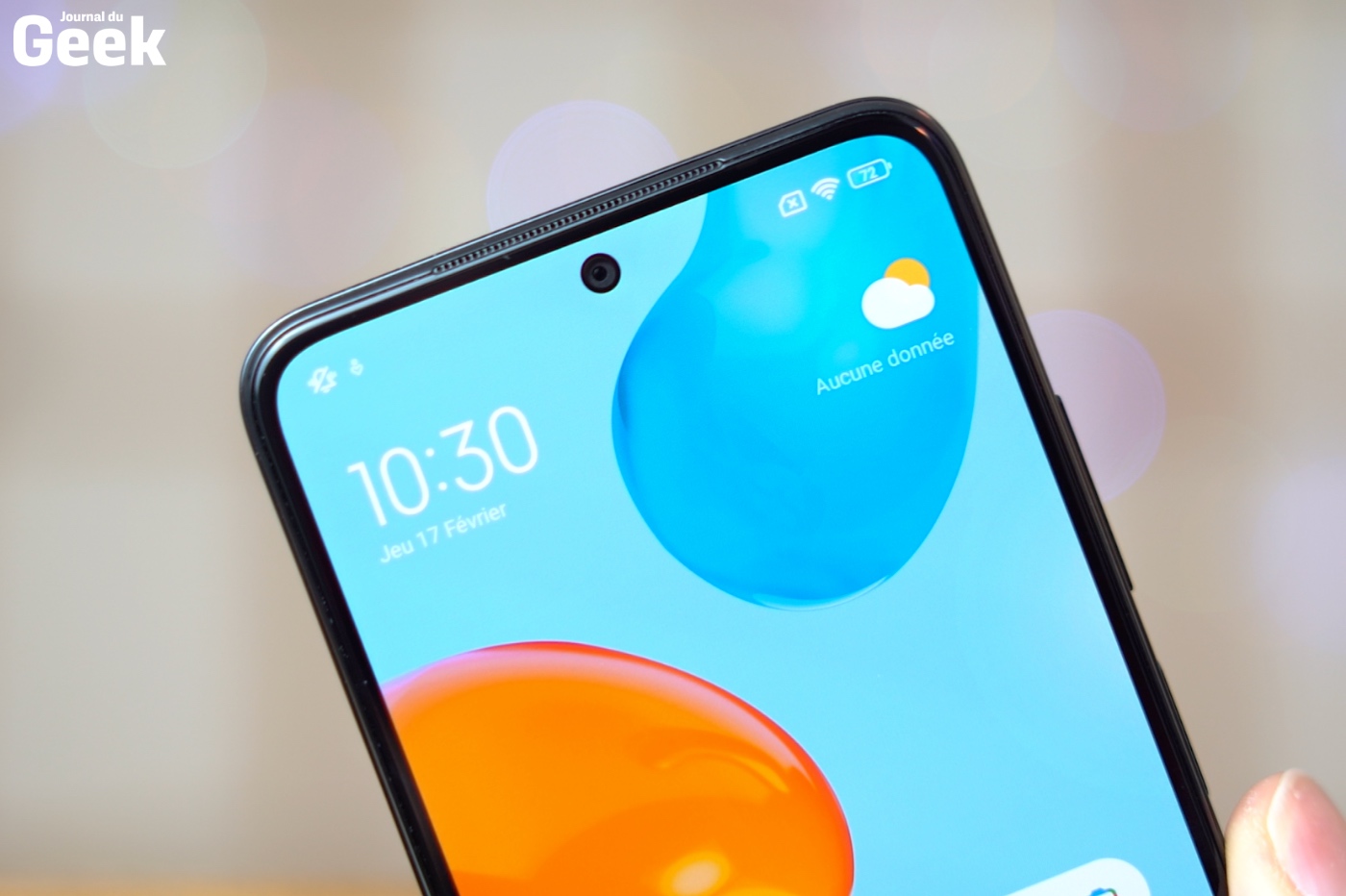
Whether very affordable or high-end, smartphones now offer 90 Hz, 120 Hz and even 144 Hz screens. But is there a real difference in processing between a model at 200 € and one at 1000 €? ?
Long confined to a refresh rate of 60 Hz, the smartphone screen has evolved significantly in recent years. This “revolution” comes in part from Apple and its second-generation iPad Pro. The tablet offered a 120 Hz refresh rate in 2017, but it was the Android manufacturers who started the trend on smartphones. If it has not marked the history of mobile, the Razer Phone was one of the first to offer a 120 Hz LCD panel. Gaming smartphones have also very quickly put forward this technology to better distinguish themselves .
On the consumer side, the OnePlus 7 Pro stood out in 2019 by switching to a 90 Hz screen; followed by the Google Pixel 4. The machine is on the way and most smartphones – including the iPhone – now display a refresh rate of 90 Hz, 120 Hz or 144 Hz. Some models, such as the Sharp Aquos Zero 2 or the Aquos Zero 6, go even further and embed 240 Hz panels. However, these models are uncommon and are reserved for certain markets.
What is refresh rate?
Now put forward by manufacturers, the refresh rate corresponds to the number of images displayed on the screen per second. The screens of our smartphones, like those of our computers or televisions, will all refresh the images a certain number of times. This value varies according to the device and the model, most often between 50 and 240 Hz with the possibility of going down to 1 Hz.
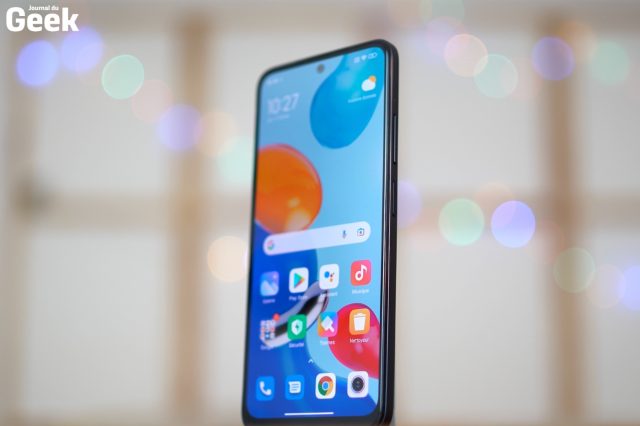
In concrete terms, the higher the frequency, the better the visual comfort. The frequency of 60 hertz (Hz), ie 60 images per second, has established itself and already offers a certain fluidity. By going even further (90, 120, 144, 165 Hz…), it is possible to benefit from even more fluid movements and the manufacturers have understood this. Indeed, we have become accustomed to scrolling through images quickly on our smartphones (movement of scroll); or to seek more fluidity in mobile games. In fact, the passage from 60 to 90 Hz makes a real difference with much less jerky animations. Beyond that, it is more difficult to perceive a difference between a screen at 120 Hz and one at 144 Hz.
Beware of consumption
A high refresh rate is the assurance of enjoying a better experience every day. However, this choice will require more energy from the screen and therefore increase its consumption. As a result, a smartphone risks seeing its autonomy reduced to a trickle. In order to limit this problem, some manufacturers offer to choose between different refresh rates.
Depending on your smartphone, you can choose between 144, 120, 90 or 60 Hz. The energy saving mode will also be able to reduce this refresh rate; in addition to modifying other parameters such as the frequency of the processor or the definition of the screen.
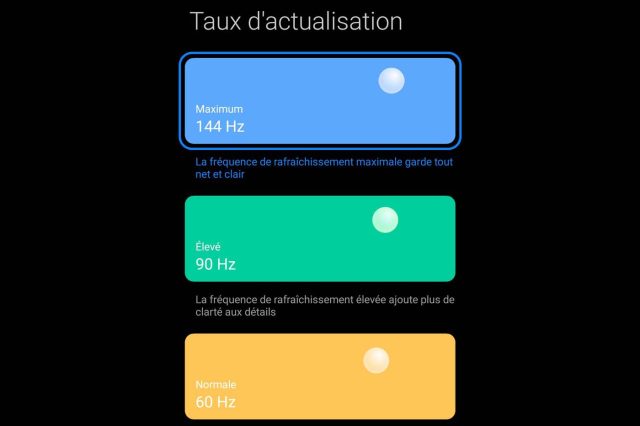
The LTPO makes all the difference
Other brands go even further regarding this notion of adaptability and rely on so-called LTPO panels. The technical sheets of high-end smartphones mention the presence of this technology which allows them to preserve their autonomy. Indeed, LTPO which means low temperature polycrystalline oxide or low temperature polycrystalline silicon gives the possibility to a smartphone to manage the refresh rate. Technology is now essential on top-of-the-range models from manufacturers.
Recently, screens with LTPO 2.0 technology have even appeared on the most recent devices. At Apple, the option is most often tied to ProMotion to deliver dynamic refresh rate to the iPhone. On Android, the Samsung Galaxy S22 Ultra or Oppo Find X5 Pro have screens with a variable refresh rate from 1 Hz to 120 Hz.
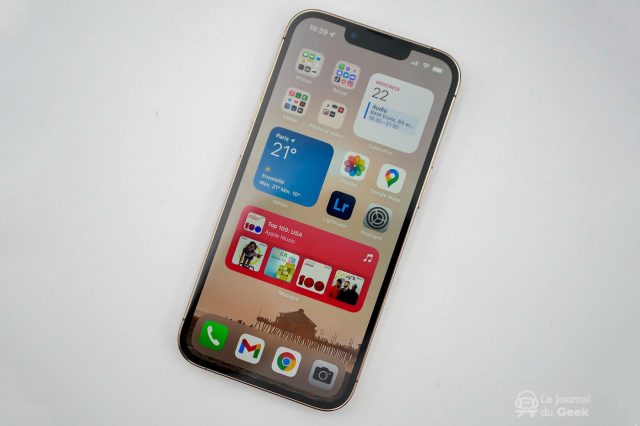
Note that if the LTPO becomes essential on OLED (and AMOLED) smartphones with a high refresh rate; it is also possible to vary the refresh rate of an LCD screen. For example, the iPad Pro has been integrating ProMotion technology since 2017 and can go down to 24 Hz or 120 Hz. At Xiaomi, a smartphone like the Mi 10T Pro also offers an adaptive refresh rate (24 to 144 Hz) on its LCD panel. OLED LTPO technology, however, offers even more flexibility, as can be seen on the iPhone 13 Pro. It offers the possibility of managing a wider range of refresh rates (ten levels against 5 on the iPad), ranging from 10 to 120 Hz.
So, what are the differences between a €200 and €1000 smartphone?
With an LTPO panel, your smartphone will make significant energy savings. According to LG Display, quoted by our colleagues from lemon squeezer, the energy saving is around 71% when going from a refresh rate of 60 Hz to 1 Hz. The manufacturer is a supplier of LTPO panels for connected watches. At the forefront of the refresh rate, Sharp evokes a saving of 67% by going from 120 Hz to 1 Hz.
Advantageous for brands, this technology has a cost that will affect the final price of the smartphone. Indeed, the manufacturing cost of a smartphone equipped with an LTPO panel is higher than that of a smartphone equipped with a conventional screen.
An affordable Android smartphone may therefore have a frequency of 90 Hz (or more), without however having the possibility of varying this rate. From the settings, you can only reduce the frequency to allow the screen to consume less and gain autonomy. Conversely, a premium model running Android or an iPhone will vary its frequency and this “intelligent” behavior helps preserve its autonomy.
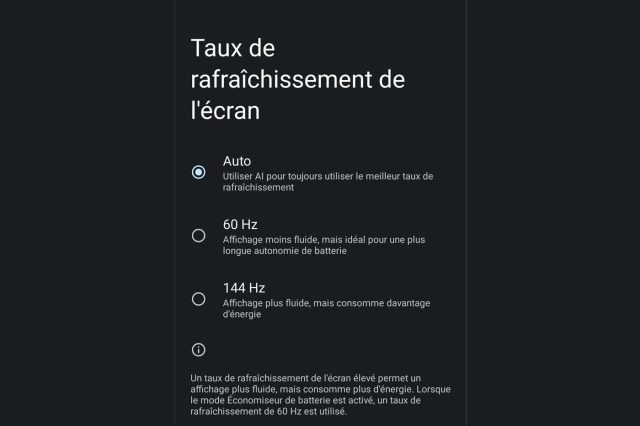
So a €1,000 smartphone has better battery life?
No, not necessarily. If the LTPO panel will consume less energy, many other elements affect the autonomy of your smartphone. At the level of the screen, its size and its brightness or its latency are other elements to take into account. High-end smartphones also stand out by offering a higher maximum brightness. These models also have more efficient chips and must sometimes meet certain requirements (fineness, weight); which can have an impact on whether you opt for a small or a large battery.
Conversely, a more affordable model will be able to afford to carry an XXL battery with components that consume less resources. In the end, you will therefore be able to benefit from a better autonomy on this type of smartphone. On the other hand, the screen and the experience will obviously be different despite the promises of the manufacturers.



